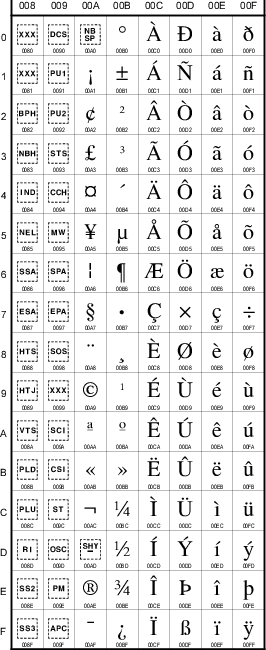|
Byte Order
This all has to do with how data larger than a byte is actually stored in
memory. The CPU expects 16bit and 32bit, and larger, data to be ordered in one
of the two ways listed below. SDL has macros which you can use to detemine
which endianness your program will be using.
Big-Endian(MSB) means the most significant byte comes first in
storage. Sparc and Motorola 68k based chips are MSB ordered.
(SDL defines this as SDL_BYTEORDER==SDL_BIG_ENDIAN)
Little-Endian(LSB) is stored in the opposite order, with the
least significant byte first in memory. Intel and AMD are two LSB machines.
(SDL defines this as SDL_BYTEORDER==SDL_LIL_ENDIAN)
|

